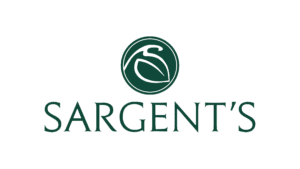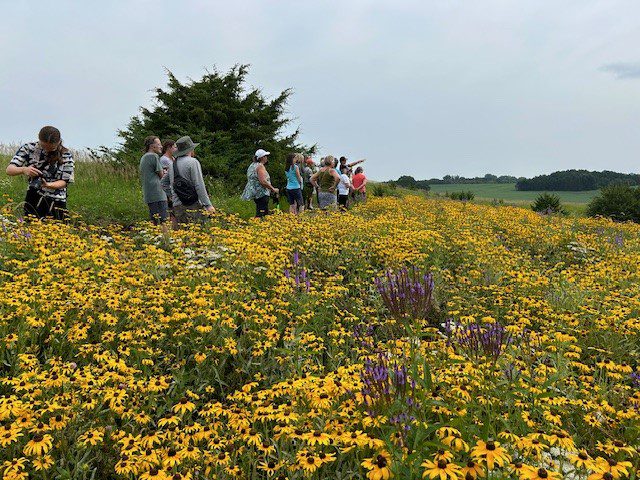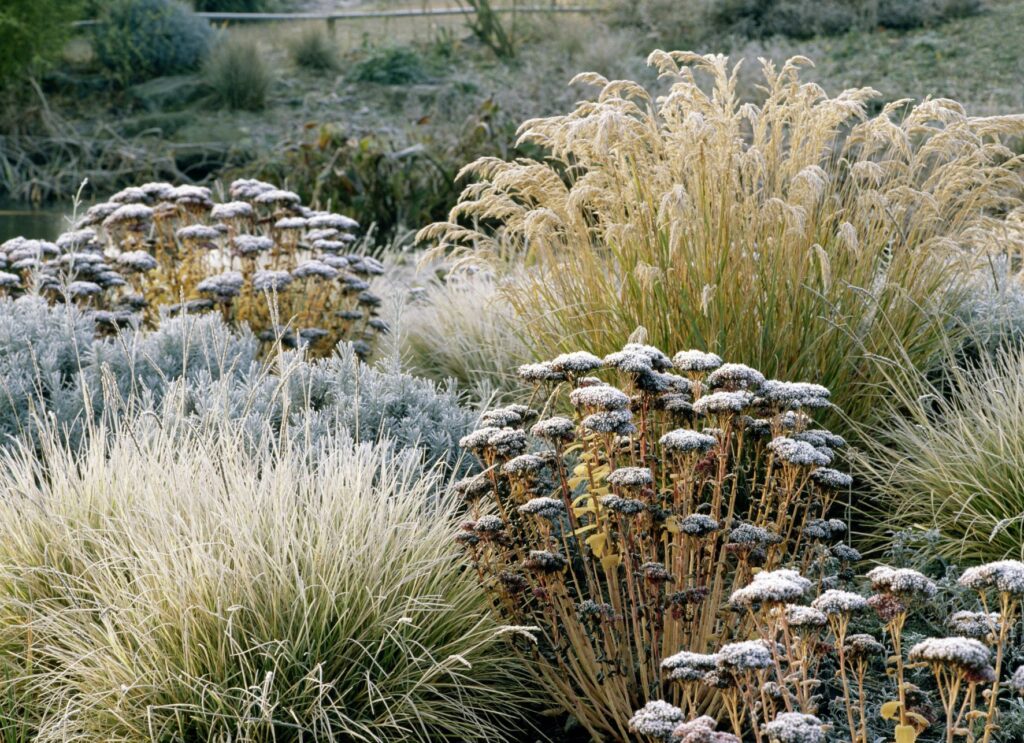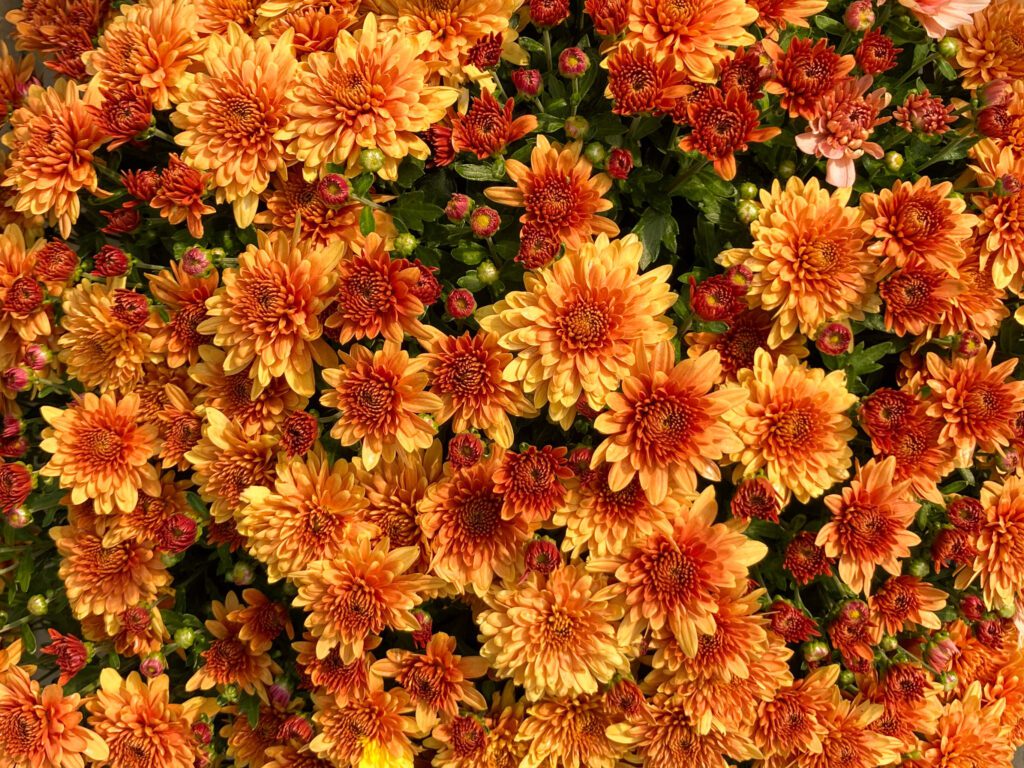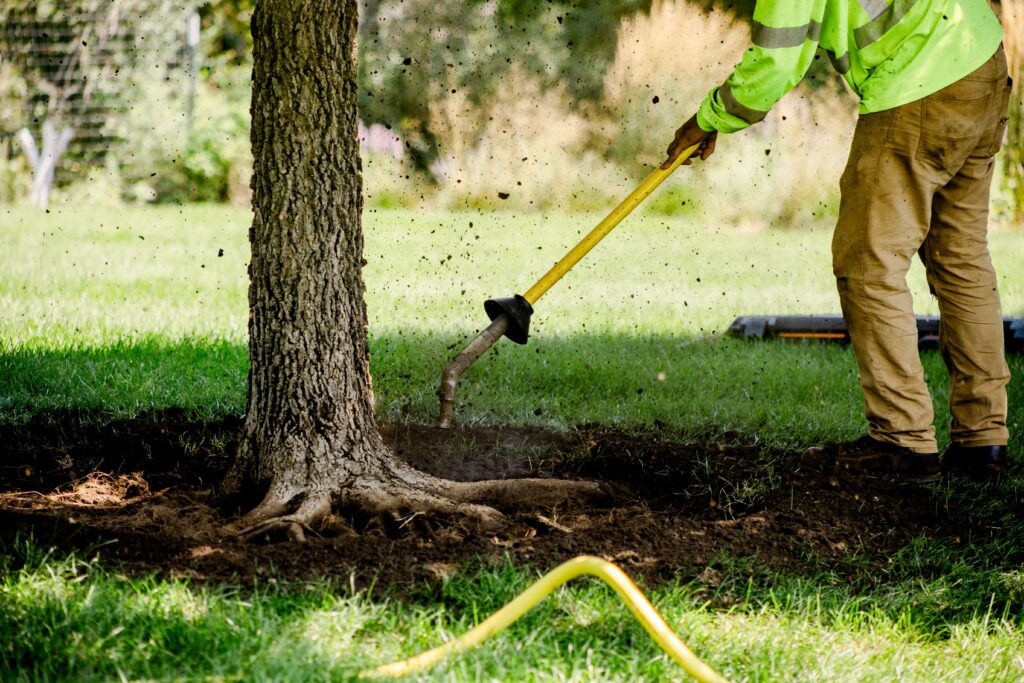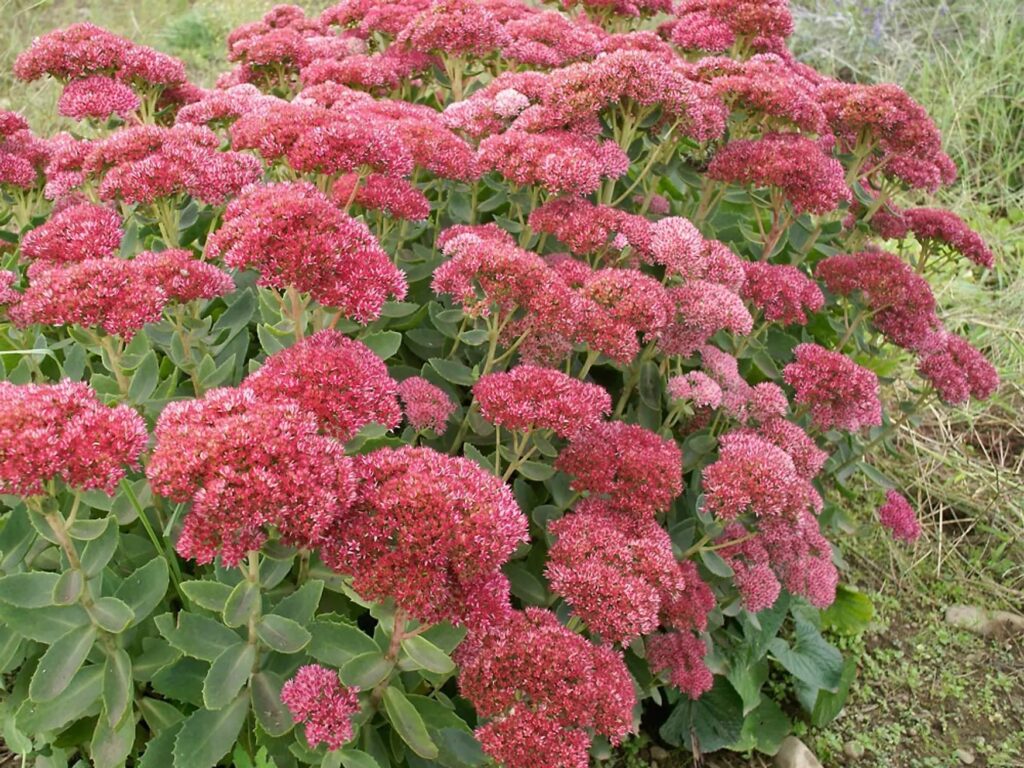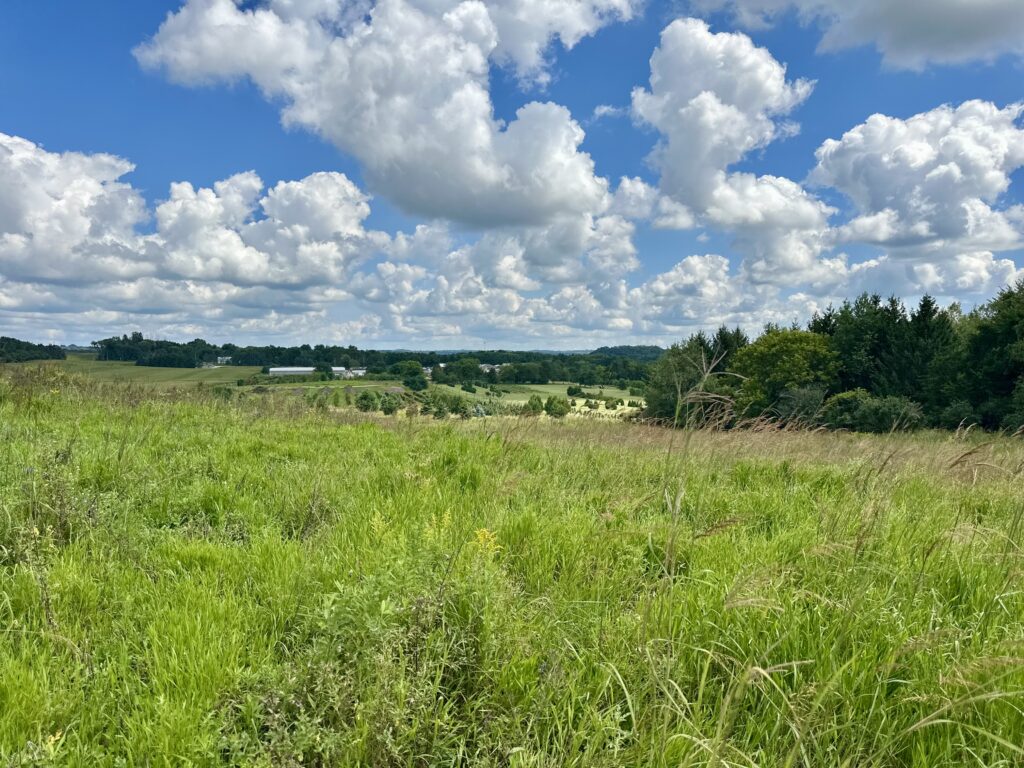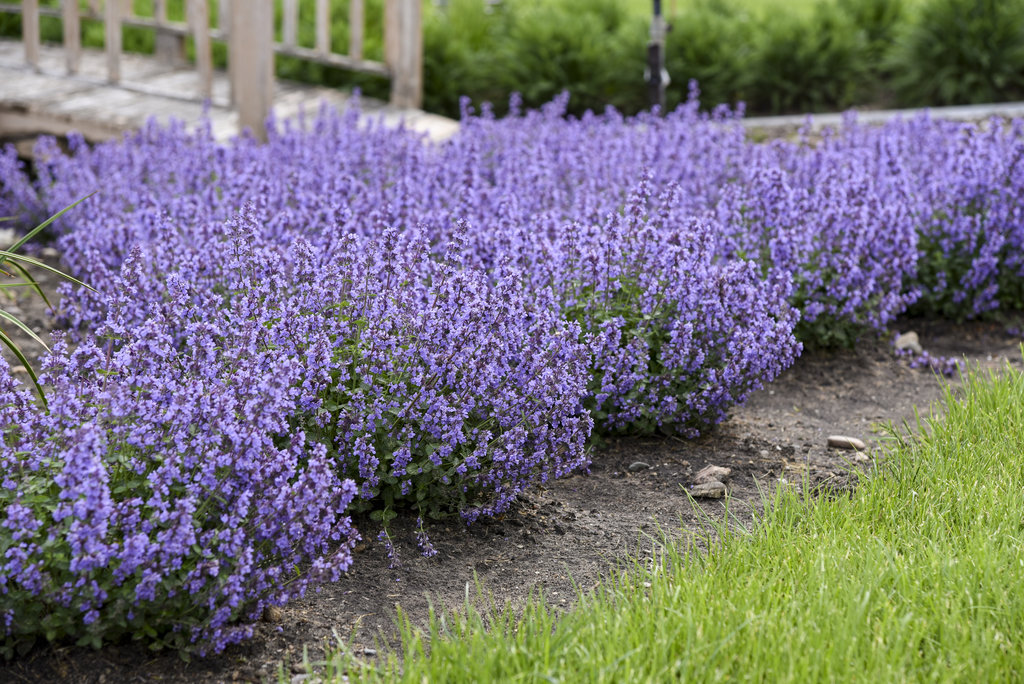Meet Annika Bartucz, founder and president of Midwestern Rewilding and a senior at Century High School in Rochester, MN. Her passion for environmental conservation and native ecosystems is rooted in personal experiences, like the joy of discovering Monarch caterpillars on Milkweed in her family’s backyard prairie.
In this post, Annika shares her insights into why native plants are crucial for sustaining biodiversity, supporting wildlife, and even benefiting farmers. From her experiences founding Midwestern Rewilding to her efforts distributing seeds at Sargent’s, she illustrates how anyone can take part in restoring native prairies—whether it’s tossing wildflower seeds into the yard or engaging with local gardening resources.
Here’s her journey and tips for helping native ecosystems thrive in Southeast Minnesota.
Annika Bartucz
Senior at Century High School
“My family loves to find new Monarch caterpillars hidden amongst the Milkweed leaves. Every time the yellow and black shape is spotted, the creature is promptly named “Bob.” We send each other pictures and celebrate the health of our growing prairie. We rejoice in spotting “volunteer” flowers—a plant that grows on its own, without being planted by us. It is interactions like these that make a backyard prairie so rewarding. Even though removing invasive species and digging holes can be hard work, I have learned the importance of a diverse, native ecosystem (and that buckthorn is never a welcome sight).
Why Native Plants?
“The importance of native wildflowers extends beyond enjoyable interactions with our environment. Supporting a diverse, native ecosystem is a low-maintenance way to have an aesthetically pleasing yard, while also being beneficial for wildlife and farmers.
Growing a native prairie can be as easy as throwing packets of seeds across your yard in the fall. While buying plants or starting seeds indoors is more reliable, spreading them out and letting nature take its course is a great way to cultivate a prairie. These plants will then self-seed and the garden will become fuller each year. Native prairies do not require pesticides or fertilizer and require less water than traditional lawns. Native plants also reduce air pollution both by sequestering carbon dioxide and because they do not require mowing! Reducing both labor and pollution, native prairies are an environmentally friendly, colorful habitat. (1)
Prairies are a home for birds, bunnies, and various insects. The seeds of native grasses provide shelter and sustenance for wildlife, the nectar of flowers are a meal for hummingbirds and other pollinators. Further, a prairie is a waystation for migrating Monarchs.
Native prairies help farmers as well by supporting and attracting pollinators and thereby increasing yields. Additionally, many native plants have deep roots, reducing erosion. (2)
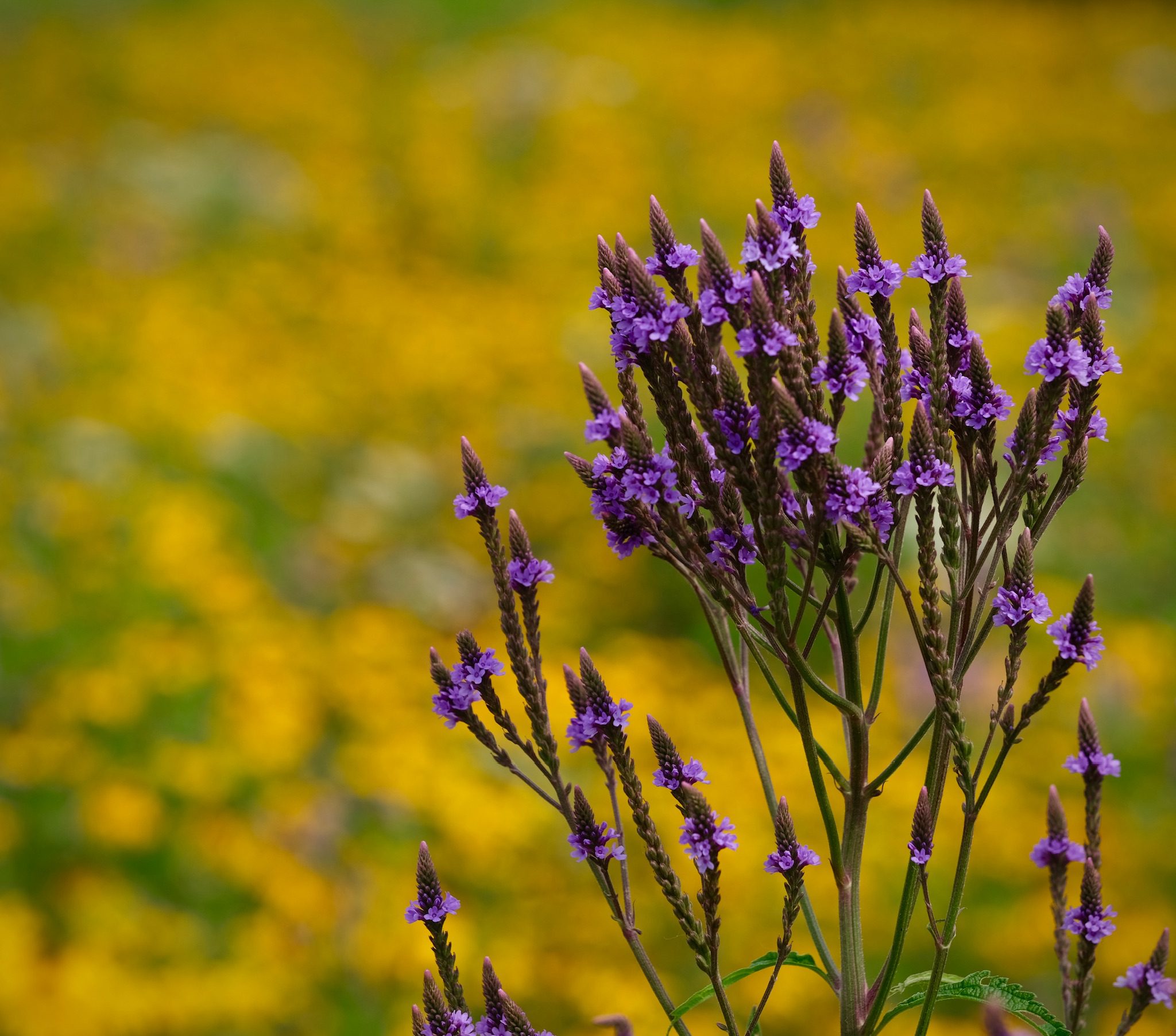
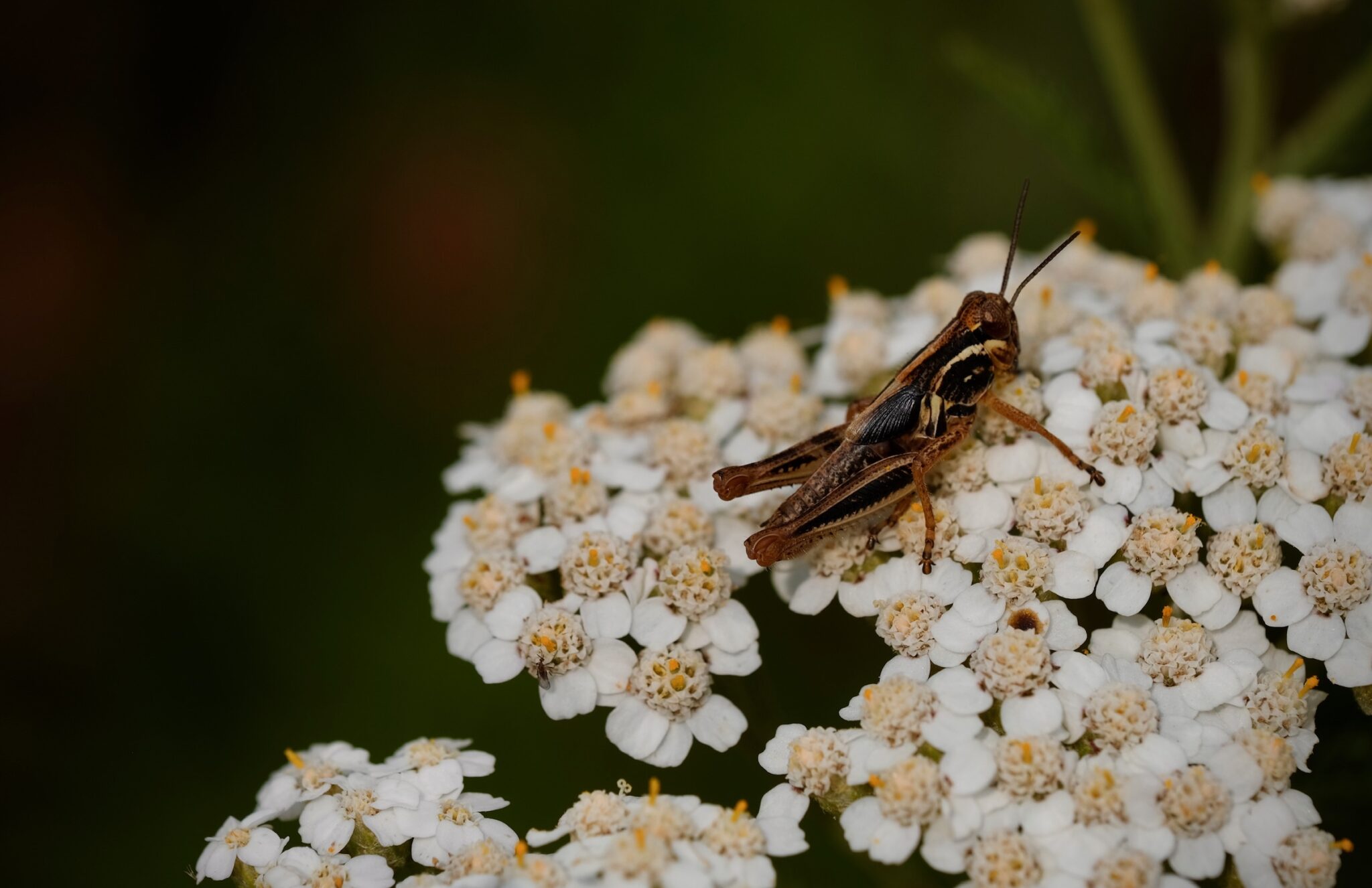
Images taken at Sargent’s 2024 Prairie Tour by Annika Bartucz
Midwestern Rewilding and Sargent’s
“With a growing bin of seed packets, I was inspired to start sharing my seeds and my passion, so I started Midwestern Rewilding. My goals are to spread knowledge about the importance of native prairies and increase the resources for planting wildflowers. First, I started a blog and began packaging seeds to give away. After cleaning the dinner table, many evenings were spent counting and labeling packages of 30 seeds a piece (making sure to throw in a few extra, just in case). I wrote a letter to Nick Sargent, listing a few ideas of ways to distribute seeds, and asking if there was space for me to set up a table at the store.
He responded in the affirmative and we came up with a plan: I would set up a table for a few hours at Sargent’s North and hand out seed packets. People stopped to have conversations about my project or ask questions about specific plants, and left with a packet and knowledge about native wildflowers. The first time I was there, I handed out over 30 packets (900+ seeds) and got to learn more about what other gardeners were up to.
The latest stand I had was by far the best. Determined to increase interest, I designed and printed flyers, posting them on crowded bulletins around town. The conversations I had that day were the most plentiful and in-depth. Many had seen the sign and come to pick up seeds—either for themselves or for family members. I heard about projects they were creating and advised about planting their prairies. Many more gave friendly nods or asked, “What is this about?” I moved my table outside the front of the store and managed to hand out over 1,200 seeds within two hours!
As I continue to learn about native plants and how to expand my organization, I hope to keep coming back to visit Sargent’s and converse with the friendly shoppers who stop by.
Even when Midwestern Rewilding is not at Sargent’s, they have various resources that can help you start a prairie. From an entire rack of native flower seeds to full-grown plants, there are many options to start a native garden. The knowledgeable employees are also there to answer questions about cultivating a prairie or other gardening projects. Aside from Sargent’s, you can learn to spot different native wildflowers and then hike in a park to collect your own free seeds.
If you want to stay notified about where and when a seed stand will be running, follow @MidwesternRewilding on social media or visit www.midwesternrewilding.org. To learn more about creating native prairies and to see one for yourself, join a tour of the native prairie behind Sargent’s! I took it this summer and found that it is quite informative about different species and the renaturalization process.”
Bibliography
(1) Meyer, Mary, and Julie Weisenhorn. “Planting and Maintaining a Prairie Garden.” Extension.umn.edu, University of Minnesota, 2024, extension.umn.edu/planting-and-growing-guides/planting-and-maintaining-prairie-garden#how-to-plant–1644214. Accessed 12 Oct. 2024.
(2) “Promote Pollinators in Agricultural Landscapes.” Minnesota Department of Agriculture, Minnesota Department of Agriculture, Dec. 2014, www.mda.state.mn.us/sites/default/files/inline-files/pollinatorsagland.pdf. Accessed 12 Oct. 2024.
